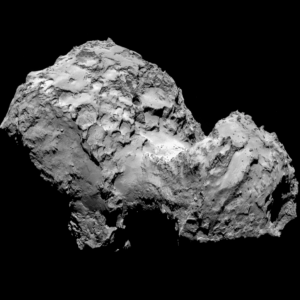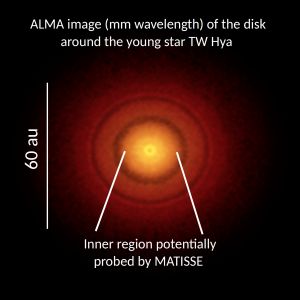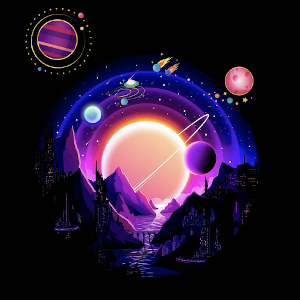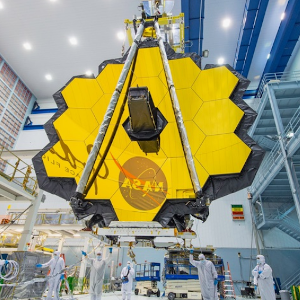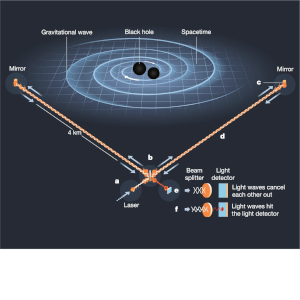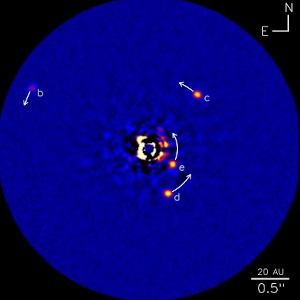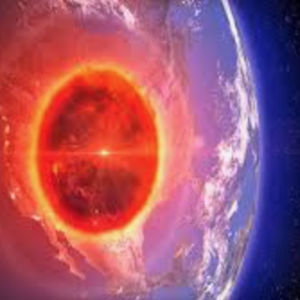METEORs
The Modules Experiment-ThEOry-Research are the core of MAUCA. They are interactive, research-focused teaching modules in which students simultaneously learn theoretical and practical skills. Most METEOR are related to existing or future international research projects, instruments, and/or space missions. All supervisors are research experts in the topics covered by the METEOR.
Each MAUCA student choose 4 METEORs, and a 5th among the METEORs abroad. The METEORs are grouped in six categories, represented here below. Each student must choose METEORs covering at least four categories.
MAUCA structures allows to build an à la carte Master, adapted to each student. The choice of METEORs puts emphasis on:
- Research: emphasis is on fundamental research. In this track, the METEORs should cover 4 out of the categories 1 to 5. It ensures a large background in fundamental Astrophysics and related techniques.
- Space & industry: emphasis on space missions. In this track, the METEORs should cover the categories 4, 5, 6 and at least one of the following METEOR related to space missions: JUICE, MICROSCOPE and Bepi-Colombo. It ensures a large background in Space sciences and skills required by the industry.
Check out the conditions to validate courses, semesters, and years (Méthode de Orcontrôle des connaissances) here.
1. Planetary sciences


Planet-disk interactions
Simulate planet migrating within accretion disks in the lab!
A. Crida, H. Méheut & E. Lega - Syllabus
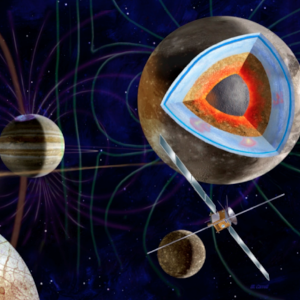

JUICE - JUpiter ICy moons Explorer
Study the interior of Jupiter moons with a space mission!
A. Fienga & A. Mémin - Syllabus
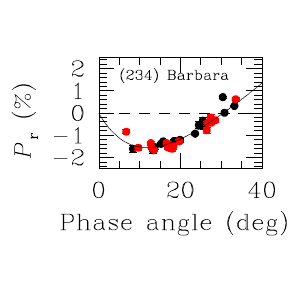

Asteroid Polarimetry: Observation and Analysis
Explore exotic properties of asteroids!
Ph. Bendjoya - Syllabus
2. Stellar and galactic physics
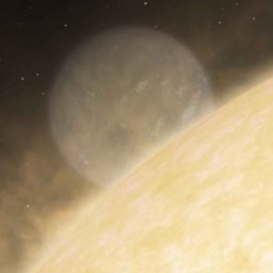

Atmospheres of stars and exoplanets
Analyze JWST spectra of exoplanets!
V. Parmentier & A. Chiavassa - Syllabus
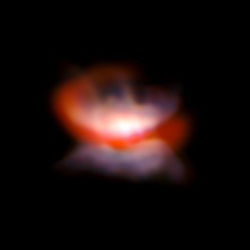

Astrophysics of Gaseous and Dusty Nebulae
Understand planetary nebulae and analyze their morphology with VLT images!
P. de Laverny & É. Lagadec - Syllabus
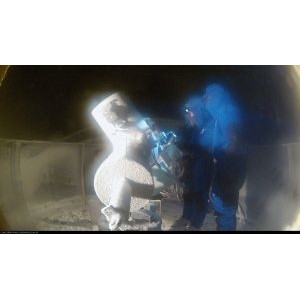

Stellar Pulsation and Evolution
Probe stellar interior from their surface pulsation!
M. Chadid - Syllabus


Planetary Dynamics and Stellar Evolution
Model the fate of planets in the late stage of stellar evolution!
Ph. Bendjoya & G. Niccolini - Syllabus
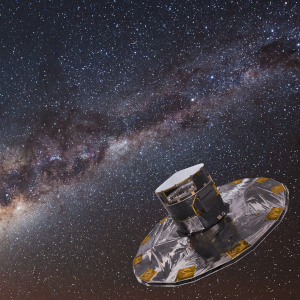

Galactic Archeology
Decipher the Milky Way formation and evolution!
A. Recio-Blanco & P. de Laverny - Syllabus
3. Extragalactic, cosmology & relativity


Relativistic Gravitation and Astrophysics
Study the geometry of space and time!
B. Chauvineau - Syllabus
4. Signal processing & numerical methods
5. Astronomical optics & instrumentation
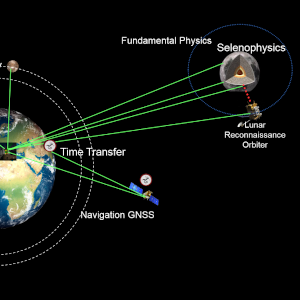

Free Space Laser Links for Space applications
Measure the distance to the Moon with a laser!
J. Chabé - Syllabus


Astronomical Adaptive Optics
Correct the image deformation from the atmosphere!
M. Carbillet & A. Ziad - Syllabus




